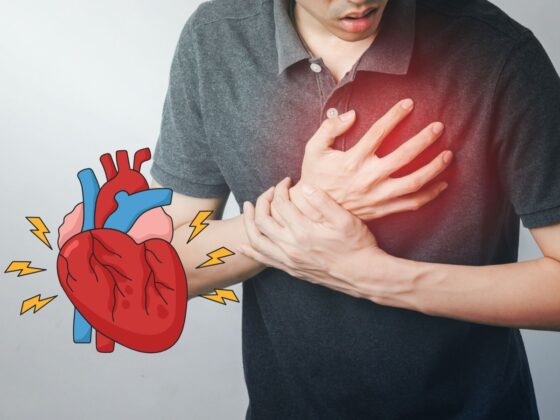According to a study, presented at ESC Acute CardioVascular Care 2021, men who experience vital exhaustion, are more likely to get a heart attack in the future. The findings presented at the online scientific congress of the European Society of Cardiology (ESC) suggest that this risk of exhaustion was significantly higher among divorced, widowed, and men who never got married.
For the study, researchers used data from the World Health Organization (WHO) MONICA Project. A representative sample of 657 men aged 25 to 64 years in Novosibirsk was enrolled in 1994.
Symptoms of vital exhaustion were assessed at baseline using the Maastricht Vital Exhaustion Questionnaire adopted by the MONICA protocol. Participants were classified according to their level of vital exhaustion: none, moderate, or high. Participants were followed-up for 14 years for the incidence of a heart attack.
ALSO READ | Walnuts Decrease Risk Of Cardiovascular Disease: Study
“Vital exhaustion refers to excessive fatigue, feelings of demoralisation and increased irritability,” said study author Dr. Dmitriy Panov of the Institute of Cytology and Genetics, Novosibirsk, Russian Federation. “It is thought to be a response to intractable problems in people’s lives, particularly when they are unable to adapt to prolonged exposure to psychological stressors.”
Overall, two-thirds (67 per cent) of the men had vital exhaustion (15per cent had a high level and 52 per cent had a moderate level) while 33 per cent were unaffected.
Nearly three-quarters (74 per cent) of men with high blood pressure had vital exhaustion – high in 58 per cent and moderate in 16 per cent.
ALSO READ | Cardiovascular Disease In Young People May Be Linked To Diabetes Exposure In The Womb
In the overall group of men, the researchers analysed the association between vital exhaustion at baseline and the risk of having a heart attack.
Compared to those without vital exhaustion, men with moderate or high levels had a 2.7-fold greater risk of a heart attack within five years, a 2.25 higher risk within 10 years, and a 2.1 raised risk within 14 years (p for all <0.05).











